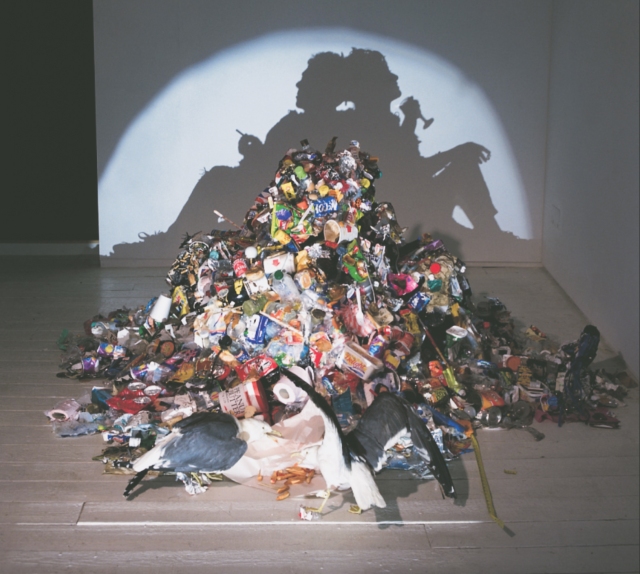“They are basically a unit of space owned by a corporation in which to ship objects,” explains Walead Beshty, the London-born author of the FedEx series. The fact that FedEx was able to copyright the dimensions of their boxes – in Beshtys’ own words – this idea of a company being able to “own” an empty volume of air that was only designed to transport goods seemed so surreal to him that it motivated this artwork that turned into a decade-long series.

Since 2007 Beshty constructed glass boxes that would fit inside the FedEx shipping containers, exactly matching their interior dimensions. He send them out to the museums or …. without any padding or additional protection. Then, when the piece arrived to its final destination, it was usually cracked but not totally shattered (Beshty constructed them constructed from shatter-proof glass).
That way, the key element that gives each art-piece its uniqueness happens in transit – the shattering gives each piece its own individual story.
All of the art pieces were named after the FedEx deliveries: the date of shipment, tracking number and box dimensions, then put on display (e.g.: FedEx® Large Box ©2005 FEDEX 139751 REV 10/05 SSCC, Priority Overnight, Los Angeles-New York trk#795506878000, November 27-28, 2007).
Keep up with Walead’s work online: regenprojects.com/artists/walead-beshty
Sources:
https://weburbanist.com/2017/02/09
Picture from:
https://www.yellowtrace.com.au/walead-beshty-fedex-works/



